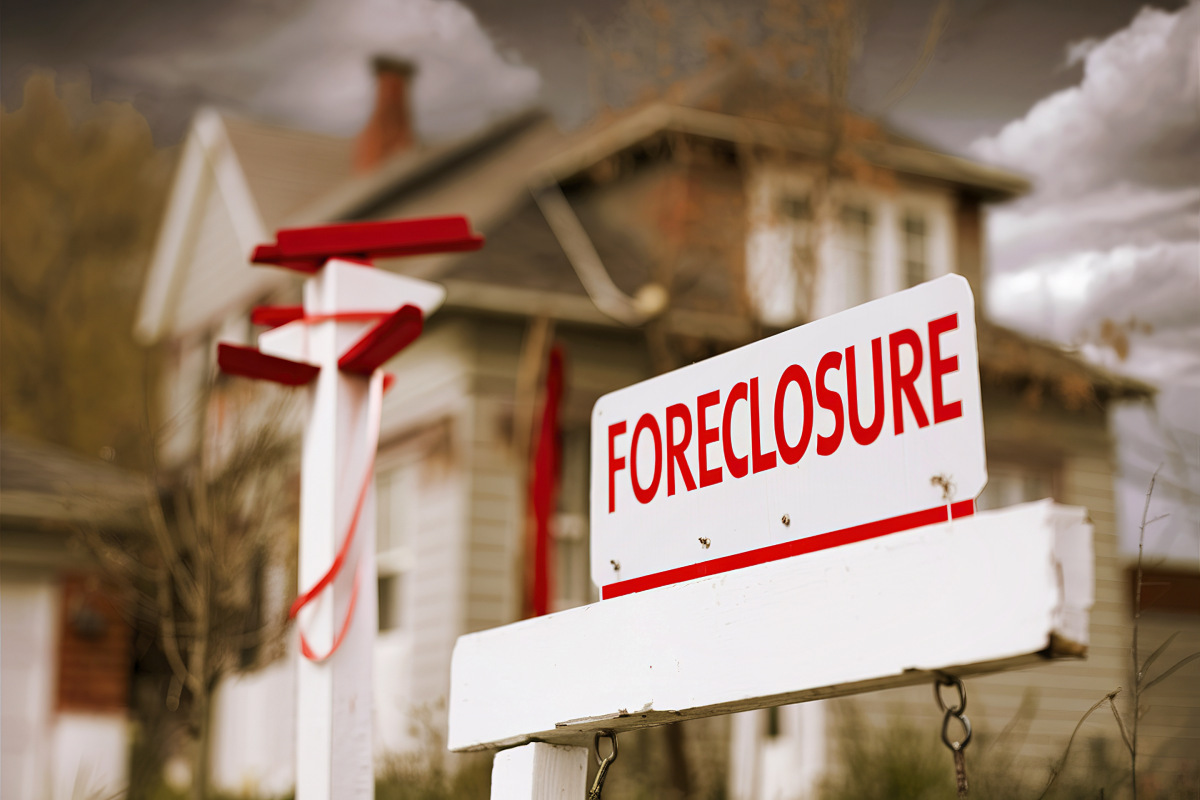
Foreclosure activity in the U.S. edged up in the third quarter, suggesting that more homeowners are feeling the strain of high mortgage costs, rising living expenses, and recent job losses. However, some analysts caution against overstating the risk, noting that today’s numbers remain modest compared to past crises.
A total of 101,513 U.S. properties had foreclosure filings in the third quarter, according to real estate data provider ATTOM. That figure was up less than 1% from the previous quarter but 17% higher than a year earlier.
Not surprisingly, the markets with the highest foreclosure activity were in states that saw the biggest booms during the pandemic housing surge, particularly Florida, Nevada, and California. Five of the ten cities with the sharpest increases were located in Florida.
While some commentators have sounded alarm bells, HousingWire lead analyst Logan Mohtashami says the data should be viewed in context.
“We have experienced many recessions since World War II, but only one foreclosure crisis,” Mohtashami wrote, referring to the subprime mortgage meltdown that triggered the 2008 global financial crisis.
We have experienced many recessions since World War II, but only one foreclosure crisis. As I have stated for over a decade, X is sensationalist housing doom porn people, as these individuals are not serious about their beliefs; they're doomers. It's October 2025, folks pic.twitter.com/swoF4VbtXi
undefined Logan Mohtashami (@LoganMohtashami) October 4, 2025
His accompanying chart shows that, although foreclosure filings have ticked up in recent quarters, they remain near pre-pandemic levels and are still only a fraction of what the U.S. saw during the 2008 crisis.
While housing activity is cooling across the country, it’s too early to call it the start of a foreclosure crisis, Mohtashami said.
Housing demand remains soft
While some analysts may conflate a slowing housing market with the start of a broader crisis, few would dispute that the sector is under strain.
One key takeaway is that home listings are rising nationwide, creating a more favorable environment for buyers but also signaling a market shift in which supply is beginning to outpace demand.
According to Redfin data, there are now more homes for sale in the U.S. than at the start of the pandemic in early 2020. In fact, there are roughly 500,000 more active listings than buyers, reflecting the most buyer-friendly conditions seen in several years.
The biggest drag on housing turnover remains high mortgage rates. While 30-year rates have recently fallen to near 11-month lows, they remain well above the ultra-low levels many homeowners locked in during the pandemic.
At the same time, elevated prices in key markets continue to widen the affordability gap for prospective buyers.
“Most consumers are wary due to high home prices, a slow job market, and broad economic uncertainty, leading to a sluggish housing market,” Redfin noted.
Your email address will not be published. Required fields are markedmarked